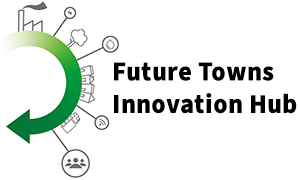One thing we can guarantee: no matter how strong your team is, how big the problem or how inspiring your vision, transforming problems into opportunities will challenge your thinking.
You’ll navigate the tension between those who insist ‘this is how we do things’ and those who ask ‘what if we tried something different?’. But it’s in this friction that real innovation begins.
This is where a solid plan (driven by a clearly defined problem and vision) makes all the difference. A good plan isn’t just written – it’s co-created. It evolves with fresh perspectives, adapts to change and remains open to bold ideas.
Of course, as highlighted in your project team survey, projects typically fall into three categories (community-led, collaborative or institutional). Some projects require specific people or organisations to take action. For example, if your town has congestion issues, you can push for change, but only the council or transport authority can redesign roads and install traffic signals.
While you may already have a sense of which category your project falls into, a well-structured plan will help you map out a clear roadmap, with defined timelines and responsibilities.
But here’s the rub:
In the early stages, when things are fluid and uncertain, creating a rigid plan is near impossible. A better approach? Focus on “triggers”. Triggers are key events or conditions that prompt specific actions or responses. This approach allows teams to remain adaptable while staying aligned with the overall vision. It’s more agile because it enables the team to respond in real-time to what’s happening on the ground, rather than rigidly following a pre-set timeline or checklist.
Take action
Use the template below to define your triggers:


Please sign in or register to make a comment.